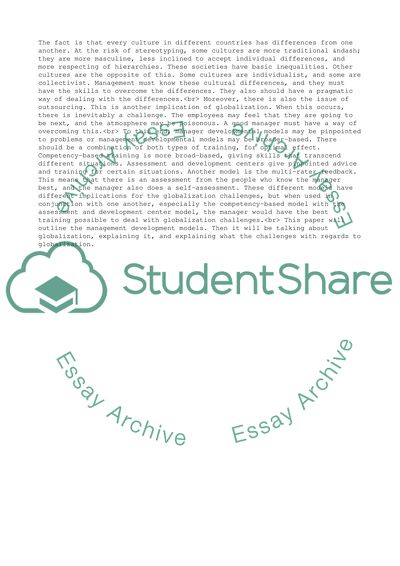Cite this document
(Labor Market and Globalization Research Paper Example | Topics and Well Written Essays - 3750 words, n.d.)
Labor Market and Globalization Research Paper Example | Topics and Well Written Essays - 3750 words. Retrieved from https://studentshare.org/management/1608545-leadership-learning-and-development
Labor Market and Globalization Research Paper Example | Topics and Well Written Essays - 3750 words. Retrieved from https://studentshare.org/management/1608545-leadership-learning-and-development
(Labor Market and Globalization Research Paper Example | Topics and Well Written Essays - 3750 Words)
Labor Market and Globalization Research Paper Example | Topics and Well Written Essays - 3750 Words. https://studentshare.org/management/1608545-leadership-learning-and-development.
Labor Market and Globalization Research Paper Example | Topics and Well Written Essays - 3750 Words. https://studentshare.org/management/1608545-leadership-learning-and-development.
“Labor Market and Globalization Research Paper Example | Topics and Well Written Essays - 3750 Words”, n.d. https://studentshare.org/management/1608545-leadership-learning-and-development.


